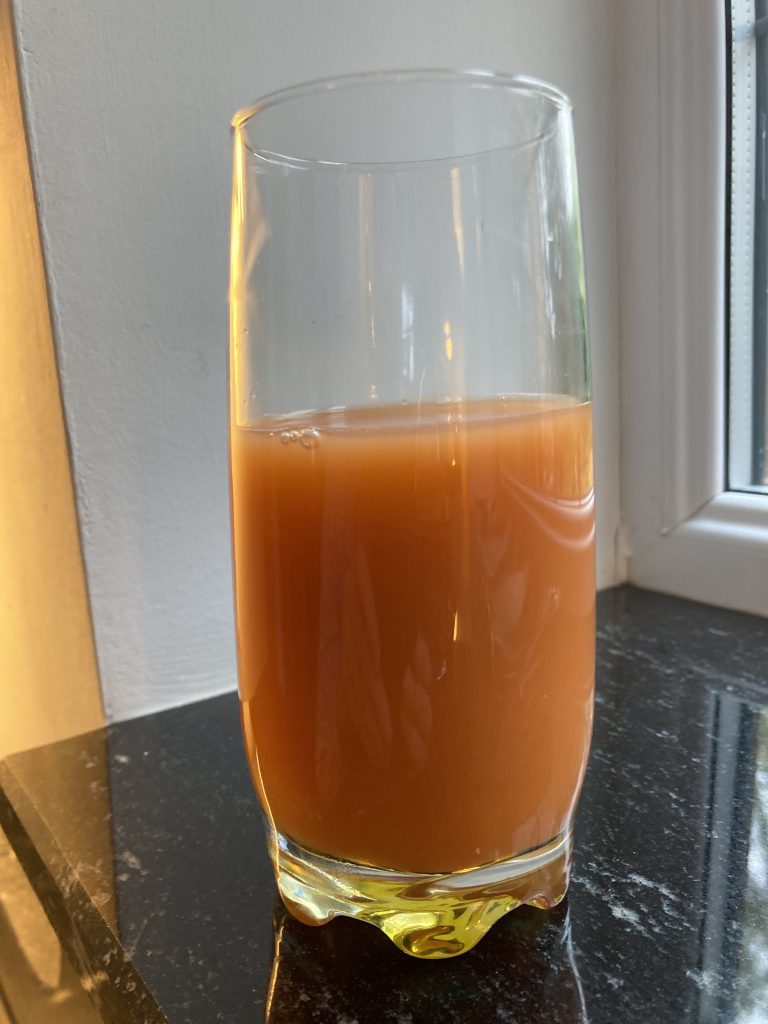Recovering from a Stroke
Normally, following a stroke, a patient will be given physiotherapy, with perhaps occupational therapy and speech therapy, perhaps for a few weeks. Typically after that not much else happens and the patient is told that this is as good as it gets.
However we do have the potential to recover from stroke to a far greater extent than generally recognised and even long after the stroke, and some people have achieved this. The reason this can happen is because the brain is plastic (able to learn) and other parts of the brain can take over from the damaged parts. A new therapy called constraint-induced movement therapy (CI Therapy) uses this principle and it was invented by Edward Taub. Yet few have heard of it.
Edward Taub was a researcher doing research on monkeys. Although questions have rightly been asked about this type of research, his work was remarkable. He found that when a monkey had sensation removed from an arm (deafferentation) it will stop using the arm even though motor function has been preserved. It was originally thought this was due to loss of reflexes.
Taub decided to do the same experiment but to keep the good arm in a sling. After this he found the monkeys started using their bad arm again. So why did the original deafferented monkeys lose the use of their arms when movement was still possible? Taub concluded that the brain map for the deafferented arm changed and the neurons that used to make the arm work were given other jobs to do. (In a similar way if a person goes blind their hearing usually improves as that part of the brain for vision is put to a new use). This is learned non-use.
However he found this could be changed by forcing the monkey to use the bad arm and remarkably this worked even after years of non-use. What was happening here was that different areas of the brain (ones not normally used to work the arm) started working the bad arm. Taub realised this was vitally important for stroke patients: they would need to deal with both the brain injury and the learned non-use. He would again have to constrain use of the good limb, forcing the affected one to do the work. The brain would do the rest.
Stroke patients could lose half the neurons that once worked an affected arm. But after CI therapy the brain map for the affected arm could double, with other parts of the brain lending a hand. The arm could work normally once a new brain map had been formed.
The therapy is hard work: patients have to wear slings or gloves on their good arms much of the time and have to learn slowly, like a young child, how to move the arm again and how to control it. Once they could do one simple movement then more difficult tasks were added so they learned incrementally. Initially he would have them doing exercises six hours a day for ten to fifteen days at a time but later found three hours a day was sufficient. He found 80% of patients improved substantially. A similar strategy has been used for speech loss and for children with cerebral palsy and other neurological problems. Taub has also developed a computerised version of his therapy called AutoCITE (Auto CI Therapy).
For more information and impressive case histories see “The Brain that Changes itself” by Norman Doidge (Chapter 5).
The RELOX protocol
Dan Haley developed a stroke in 2004 and was paralysed down the left side of his body. He went to see a Dr Rind in Washington and received daily treatments of intravenous magnesium and oxygen. Within ten days he was walking again with full use of his left arm.
Drs Dalton and Rind developed the RELOX protocol for strokes and presented it at the Neuroscience 2005 Conference in Washington attended by 30,000 people. The talk was called “Stroke Rehabilitation: An Investigation of Clinical and Neurological recovery with a Nutrient-Oxygen Intervention”. They told the audience they had used it on over 200 patients and the results were nothing less than miraculous with moderate to significant recovery of cognitive, sensory and motor functions after three 40 minute treatments with no adverse effects.
They showed that contrary to standard medical opinion cerebral damage from stroke is potentially salvageable for an extended period.
It may be difficult to find doctors who give intravenous magnesium but Dr Carolyn Dean in her book “The Magnesium Miracle” notes the ionised magnesium (Re-Mag) can give the similar benefits to intravenous magnesium.
Another supplement that protects the brain after stroke is butyrate. Try butyric acid 500mg three times daily after meals.





